Have you ever pulled a favorite knife out of the dishwasher, only to find its once-shiny surface marred by spots of rust? You’re not alone. Many home cooks and culinary enthusiasts face the frustrating dilemma of why do knives rust in the dishwasher. At first glance, this might seem like a minor inconvenience, but the implications for your kitchen tools can be significant.
Knives are the workhorses of the kitchen, essential for everything from the fine art of chopping herbs to the daily task of slicing bread. High-quality knives are an investment in your culinary passion, enhancing not just the pleasure of cooking but also the efficiency and safety of your kitchen work. Yet, when these prized tools start showing signs of rust, it compromises their longevity, performance, and even food safety, transforming an essential kitchen aid into a potential health hazard.
This guide aims to unravel the mystery behind why knives rust in the dishwasher. We’ll delve into the science of rusting, understand the conditions that exacerbate this chemical reaction, and, most importantly, explore proven strategies to prevent it. From selecting the right knives to adopting best practices for care and maintenance, we’re here to ensure that your knives remain in pristine condition, enabling their use for years to come.
The significance of maintaining knife longevity cannot be overstated. A well-maintained knife not only performs better but also ensures a safer kitchen environment by reducing the risk of accidents that dull or rusted blades can cause. By understanding the causes behind rust and adhering to the prevention methods outlined in this article, you can safeguard your investment and continue to enjoy the art of cooking with tools that perform at their best.
Welcome to your ultimate guide on preventing knife rust in dishwashers. Let’s dive into the solutions that will solve this dishwasher dilemma once and for all, ensuring the enduring beauty and functionality of your kitchen knives.
Understanding Knives and Rust
Types of Kitchen Knives and Their Uses
The kitchen is a chef’s artistic studio, and knives are their cherished tools. Various types of knives cater to specific tasks, enhancing efficiency and precision. The most common include:
- Chef’s Knife: Versatile and essential, used for chopping, slicing, and dicing a wide range of foods.
- Paring Knife: Small but mighty, ideal for peeling, trimming, and other fine work.
- Bread Knife: Features a serrated edge to effortlessly slice through crusty bread without crushing it.
- Utility Knife: Slightly larger than a paring knife, perfect for miscellaneous cutting tasks.
These knives are typically made from either stainless steel, carbon steel, or a combination known as high-carbon stainless steel. Stainless steel resists rust well but can be harder to sharpen. Carbon steel sharpens beautifully and holds its edge longer but rusts easily if not cared for properly. High-carbon stainless steel offers a good balance of sharpness and resistance to corrosion.
What Causes Knives to Rust?
Rust, or iron oxide, forms when iron-containing metals are exposed to oxygen and moisture. While stainless steel knives are less prone to rusting due to the presence of chromium, which forms a protective oxide layer, they are not entirely immune, especially under certain conditions prevalent in dishwashers.
Dishwashers accelerate rusting due to:
- High moisture environment: Prolonged exposure to moisture can breach even the smallest scratches on a knife’s surface, facilitating rust.
- High temperature: Heat can damage the protective layer on knives, making them more susceptible to corrosion.
- Harsh detergents: Some dishwasher detergents contain chlorides that can corrode metal, further increasing the risk of rust.
The Impact of Rust on Knives
Rust not only mars the aesthetic appeal of kitchen knives but also impacts their functionality and safety.
- Performance: Rust can dull knife blades, requiring more force to cut through foods. This dullness compromises the precision of cuts and can mash or tear food, affecting presentation and texture.
- Safety: A dull knife is a dangerous tool. It’s prone to slipping off food and causing injuries. Moreover, rust can harbor bacteria, posing health risks.
- Longevity: Continued rusting weakens the metal, leading to pits and chips in the blade. Over time, a rusted knife may become unusable, necessitating its replacement sooner than one properly cared for.
Understanding the types of knives, the causes of rust, and its impact on performance and safety is the first step toward ensuring the longevity and effectiveness of these indispensable kitchen tools.
Check out: How to Keep Knives From Rusting
The Dishwasher Dilemma
How Dishwashers Work
Dishwashers, while a marvel of modern convenience, operate markedly differently from hand washing. Here’s a brief look into the typical cycle of a dishwasher:
- Pre-rinse: Water is sprayed to remove loose food particles. This stage uses cold water.
- Main wash: Hot water mixed with detergent is sprayed through jets to clean the dishes. Temperatures can range significantly but often reach up to 60°C (140°F) or higher.
- Rinse: Dishes are rinsed with hot water, and sometimes a rinse aid, to remove detergent residue.
- Dry: The final stage involves heating the interior of the dishwasher to evaporate moisture from the dishes. Some dishwashers use an active drying method, utilizing a heating element, while others use the remaining heat or even a fan.
This process, especially with its high temperatures and use of detergents, contrasts sharply with the gentle nature of hand washing, where water temperature and detergent strength can be easily controlled.
Why Dishwashers Cause Rust on Knives
The integrity of knives is compromised in dishwashers due to three primary factors: detergents, heat, and moisture.
- Detergents: Dishwasher detergents are harsher than typical dish soap and often contain chlorine and other chemicals to combat hard water and food residues. These substances can corrode metal, especially if knives have any existing microscopic scratches or damages.
- Heat: The high temperatures during the wash and drying phases not only accelerate chemical reactions but can also damage protective coatings on some knives, making them more susceptible to rust.
- Moisture: Despite the drying phase, moisture can remain in nooks and crannies, particularly in joints or where the blade meets the handle. This lingering dampness provides a perfect environment for rust to form.
The Cost of Convenience
Utilizing a dishwasher embodies the modern quest for efficiency and convenience. However, when it comes to caring for knives, this convenience carries certain costs:
- Wear and Tear: The aggressive conditions within a dishwasher accelerate wear and tear on knives, reducing their lifespan.
- Performance Decline: Frequent dishwasher cycles can dull blades faster than manual washing, impacting culinary performance and enjoyment.
- Economic Cost: Replacing high-quality knives more frequently due to premature rusting or damage incurs unexpected costs.
While the allure of saving time is strong, the trade-offs highlight the importance of weighing immediate convenience against the long-term care and maintenance of valuable kitchen tools. For those passionate about cooking, the choice often leans towards manual cleaning to preserve their knives’ edge, appearance, and longevity.
Preventive Measures and Best Practices
Selecting the Right Knives
In the realm of culinary tools, not all knives are created equal, especially when considering their resilience to dishwasher-induced rust. Here are tips for choosing dishwasher-safe knives:
- Material Matters: Look for knives made of high-grade stainless steel or those labeled as dishwasher-safe. These are engineered to resist corrosion and rust more effectively.
- Quality Over Quantity: Invest in fewer, higher-quality knives that boast better rust resistance rather than a larger set of lower quality. A well-made knife can handle occasional dishwasher cycles better.
- Manufacturer’s Guidance: Always check the manufacturer’s care instructions. Some brands specifically design their knives to withstand the rigors of dishwasher cleaning without compromising their longevity.
- Consider Coatings: Some knives are treated with coatings that enhance their resistance to the harsh environment inside a dishwasher. However, understand that coated knives may also require special care to maintain the integrity of the surface.
Knife Cleaning and Maintenance 101
Proper kitchen management extends the life of your knives, keeping them sharp and rust-free. Here’s how to properly clean, dry, and store your knives:
- Hand Wash: To preserve the integrity of your knives, opt for hand washing using mild soap and warm water. Clean them immediately after use to prevent food acids from damaging the metal.
- Dry Promptly: After washing, dry knives immediately with a soft towel. Water spots can lead to rust, and moisture left on the knife can start the oxidation process.
- Proper Storage: Avoid tossing knives into a drawer where they can get banged up. Use a knife block, magnetic strip, or protective sheaths to prevent damage to the blades and keep them dry.
Alternative Dishwashing Solutions
If you must use a dishwasher for your knives, here are some tips to mitigate the risk of rust:
- Use a Knife Basket: Place knives in a dedicated knife basket within the dishwasher to prevent movement and contact with other items which may cause scratches where rust can form.
- Choose the Right Detergent: Select a gentle, phosphate-free detergent. Some detergents are formulated to be less harsh on metals and can help prevent corrosion.
- Avoid Heat Dry: If possible, turn off the heat dry option and open the dishwasher door to allow knives to air dry. This avoids the high heat which can damage knife materials.
- Immediate Removal: Remove knives from the dishwasher promptly after the cycle ends and hand dry them to remove any residual moisture.
By incorporating these preventive measures and adopting best practices in knife care, you can significantly prolong the life of your knives, ensuring they remain sharp, rust-free, and ready for your next culinary creation.
Treating and Restoring Rusty Knives
Identifying Salvageable Knives
When confronted with rusty knives, not all is lost. The first step is to assess whether the knife can be restored to its former glory. Here’s how to evaluate:
- Surface Rust vs. Deep Corrosion: Superficial rust, which appears as spots or a thin layer on the surface, can often be removed. Deep corrosion, causing pitting and structural damage to the blade, may be beyond simple at-home restoration.
- Blade Integrity: Check the blade for cracks or significant chips. Minor imperfections can be smoothed out, but cracks compromise the knife’s structural integrity, making it unsafe for use.
- Handle Condition: If rust has spread to where the blade meets the handle, inspect for signs of damage or weakness in the handle material. A secure handle is crucial for safety and performance.
- Sentimental and Monetary Value: Consider if the knife holds sentimental value or if its quality warrants the effort of restoration. High-quality knives, even with some rust, are often worth saving.
DIY Rust Removal Techniques
With some patience and elbow grease, many knives with surface rust can be revitalized. Here are effective DIY rust removal methods:
- Baking Soda Paste: Mix baking soda with water to create a thick paste. Apply this to the rust spots and gently scrub with a toothbrush or sponge. This mild abrasive can remove rust without damaging the knife’s surface.
- White Vinegar Soak: Submerge the rusty part of the knife in white vinegar for a few hours. The acetic acid in vinegar helps dissolve the rust. After soaking, scrub the rust off and thoroughly dry the knife.
- Lemon and Salt: Sprinkle salt over the rusty areas and squeeze lemon juice over the salt. The citric acid boosts rust removal. Let it sit for a couple of hours before scrubbing off with a soft cloth or brush.
- Potato Trick: Stick the knife into a potato and leave it overnight. Potatoes contain oxalic acid, which can help break down rust. Rinse and dry the knife carefully after removal.
When to Seek Professional Help
For knives with severe damage or where DIY methods don’t suffice, professional restoration is the next step:
- Evaluating the Damage: A professional can assess whether the knife can be restored without compromising its functionality or safety.
- Professional Restoration Services: Specialized tools and expertise allow professionals to remove rust, repair damage, and sharpen blades with precision.
- Deciding Factors: Consider the knife’s value, both monetary and sentimental. Professional restoration can be worth the investment for high-quality or cherished knives.
- Finding a Service: Look for reputable knife or cutlery shops that offer restoration services. Check reviews and ask about their restoration process before proceeding.
Treating and restoring rusty knives can revive the tools essential to your culinary pursuits, saving money, and preserving pieces of value. Whether through DIY methods or professional help, the right care can breathe new life into neglected knives.
Beyond the Dishwasher: Comprehensive Kitchenware Care
Maintaining Other Kitchen Tools
The dishwasher’s convenience sometimes comes with a hidden cost, affecting more than just knives. From wooden spoons to cast iron pans, many kitchen tools can suffer. Here’s how to care for them:
- Wooden Utensils and Cutting Boards: Avoid the dishwasher to prevent warping and cracking. Wash by hand with mild soap and dry immediately. Periodically, treat with a food-grade mineral oil to preserve their lifespan.
- Cast Iron Pans: Dishwashers can strip the seasoned coating. Clean with hot water and a stiff brush. For stubborn bits, use coarse kosher salt and oil. Always dry thoroughly and apply a light layer of cooking oil before storing.
- Non-Stick Pans: The harsh environment can degrade the non-stick coating. Hand wash with a soft sponge and dry after each use to maintain the surface integrity.
- Copper Cookware and Silverware: The dishwasher can tarnish these materials. Hand wash with a gentle cleaner and polish as needed to maintain their shine and effectiveness.
Subsection 5.2: Creating a Kitchen Maintenance Routine
Incorporating care into your daily routine ensures the longevity of your kitchenware:
- Post-Use Care: Clean tools immediately after use. This quick action prevents food residues from setting and makes cleaning easier.
- Weekly Checks: Dedicate time each week to inspect kitchen tools for damage or wear and perform any needed maintenance, such as sharpening knives or oiling wooden items.
- Storage Solutions: Proper storage is key. Use knife blocks or magnetic strips for knives and hang pots and pans to avoid scratching and damage.
- Seasonal Overhauls: Plan a more thorough cleaning and maintenance routine seasonally. This can include deep cleaning ovens, descaling kettles, and decluttering drawers.
The Importance of Quality Tools in Cooking
Quality kitchenware is not just about aesthetics; it’s an investment in your culinary journey:
- Enhanced Cooking Experience: High-quality tools are designed for better performance, from sharper knives that offer precision cutting to pans that provide even heating.
- Safety and Efficiency: Well-designed tools reduce cooking time and lessen the effort required, making the kitchen a safer and more enjoyable space.
- Longevity and Sustainability: Investing in quality kitchenware means fewer replacements, reducing waste and saving money in the long run.
- Enhanced Flavors: Good quality tools help in better ingredient handling and cooking techniques, which can elevate the flavors in your dishes.
Adopting a mindful approach to the selection, use, and care of kitchen tools not only protects your investment but also enriches the cooking experience, underscoring the joy and art of culinary creations.
Conclusion
Throughout this comprehensive guide, we’ve explored the nuances behind why knives and other kitchen tools rust in dishwashers and delved into effective strategies for their maintenance. We began with understanding the make and care of various knives, the chemical process of rusting, and its implications on the functionality and safety of these essential culinary tools. Moving beyond just knives, we stressed the importance of providing specialized care for all kitchenware to prevent damage and extend their lifespan. Implementing a routine maintenance schedule and opting for quality over quantity when selecting kitchen tools can significantly enhance your cooking experience.
We encourage you to adopt these best practices for the care of your knives and kitchen tools, ensuring they remain in top condition, ready to assist in your culinary adventures. Moreover, we invite you to share your experiences or tips on kitchenware maintenance in the comments. By fostering a community of informed and mindful cooks, we can all contribute to a culture of excellence and pleasure in the kitchen.



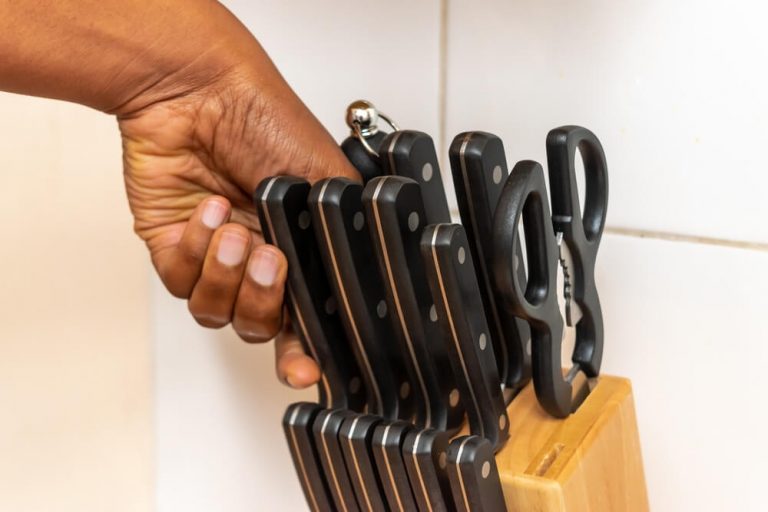
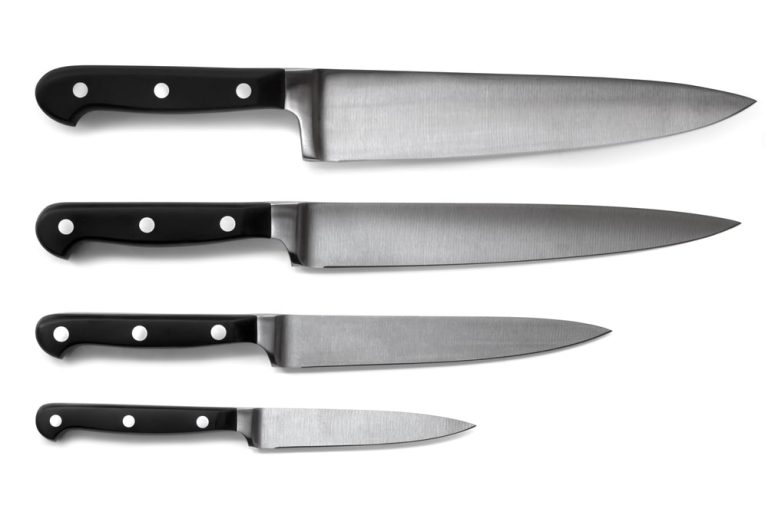
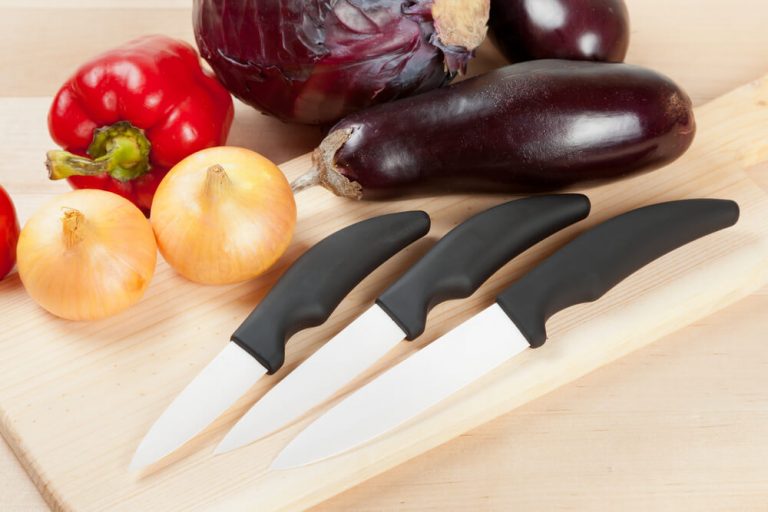
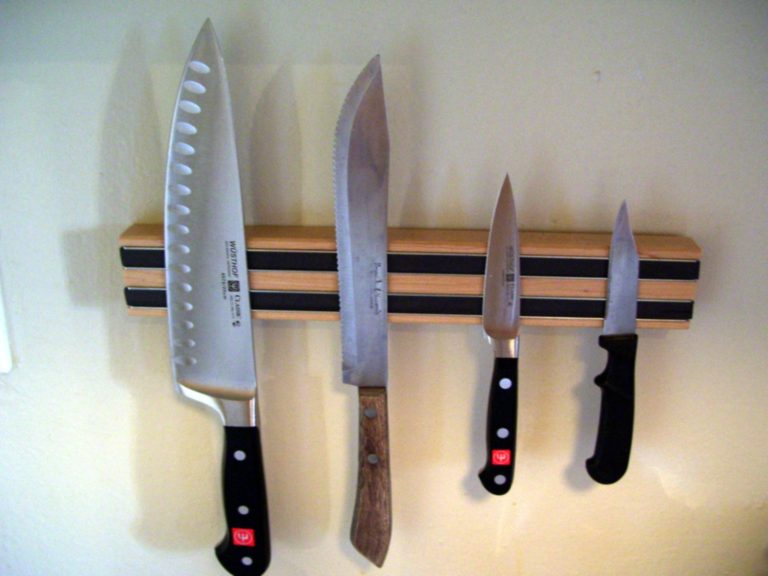
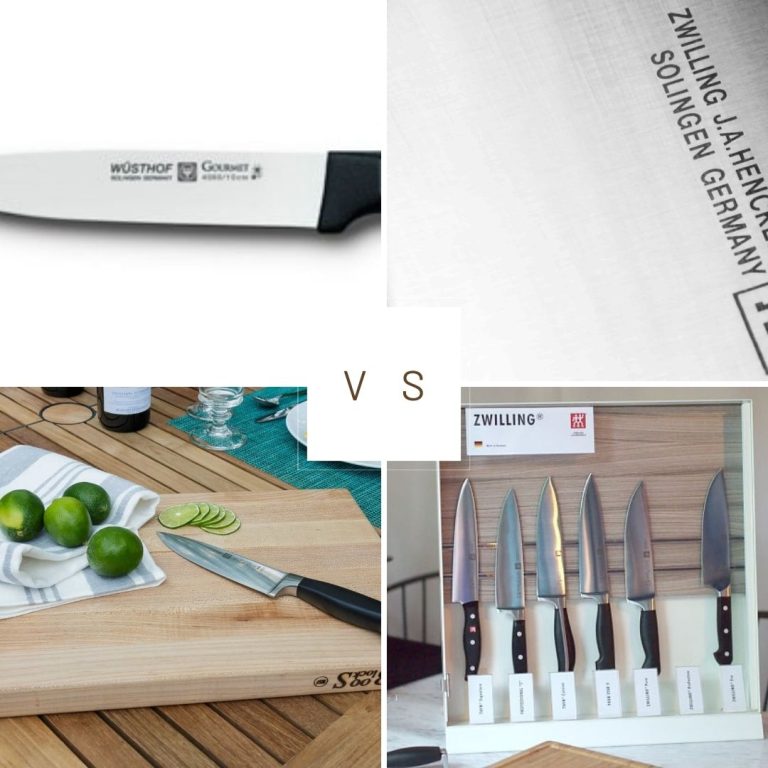
One Comment